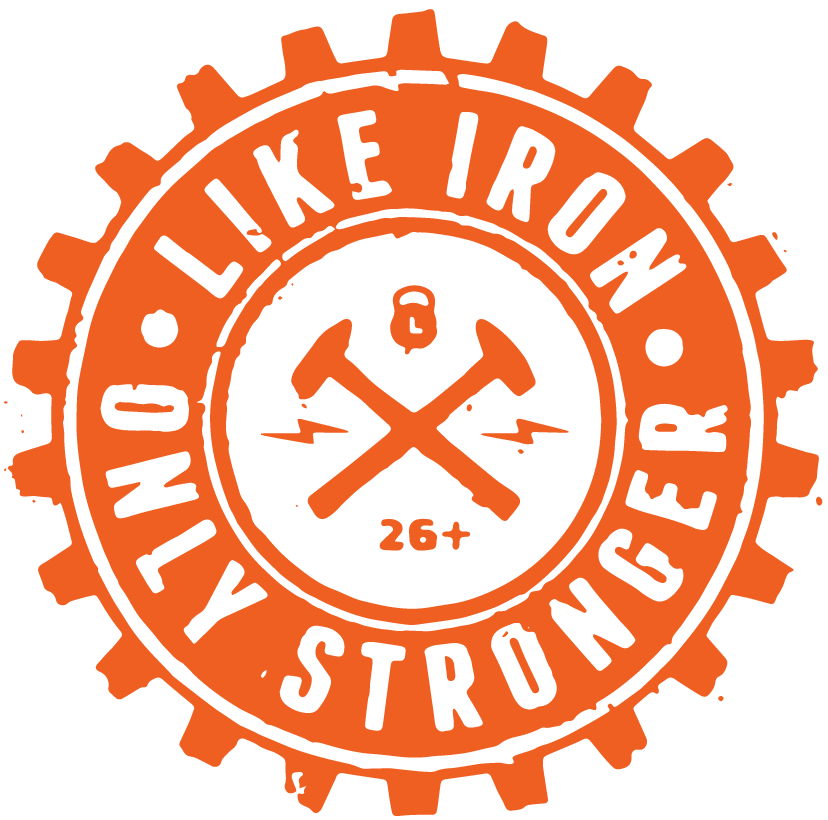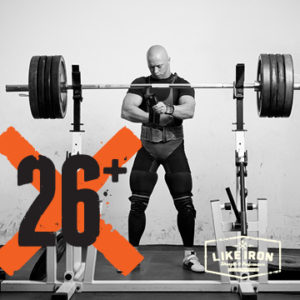Last week we discussed progression for a well-trained individual. Today, I want to discuss what approach to take for an untrained individual…a novice. As a personal trainer and gym owner, untrained individuals make up most of the population that I deal with. How do you get someone who is completely untrained to progress to well trained? First and foremost, as a trainer you need to take time to properly teach the individual technique before you begin to worry about progression. Once the technical side is covered, now it is time to talk about getting your trainee stronger. Let us take a minute and talk about the beauty of being a novice. Due to the untrained nature of the individual, a novice will adapt quickly to a stimulus because they have never been exposed to that stimulus. This leads us to the idea of a linear progression. What is a linear progression? A linear progression, in terms of strength training, is a progression that increases a training variable such as intensity, weight on the bar, from session to session. For example, if you squat 135lbs for five reps in your first squat session, then in the next squat session you can probably increase the load around 5-10 lbs and repeat this process from session to session until you can no longer linearly progress. Because a novice can linearly progress a complex approach is not necessary. There is no need to increase the complexity at first when a basic approach works very well. What movements should I try to linearly progress? Well it depends on their goals, but I encourage picking movements that have the greatest return on investment. I would design your client’s program with compound movements because they work multiple muscle groups. These include, but are not limited to, movements like the squat, deadlift, bench press, overhead press, row, pullup, lunge, etc. Linearly progress these compound movements until you can no longer increase load session to session. Once you get to this point the training starts to become a little more complex. Refer to my article about long term progression in strength training to get an idea of what variables need to be manipulated to see progress at this point in your training career.
A Novice Approach to Strength Training
- likeironfitness@gmail.com
- July 18, 2017
- Uncategorized




